23 pages • 46 minutes read
Edgar Allan PoeThe Philosophy of Composition
Nonfiction | Essay / Speech | Adult | Published in 1846A modern alternative to SparkNotes and CliffsNotes, SuperSummary offers high-quality Study Guides with detailed chapter summaries and analysis of major themes, characters, and more.
Index of Terms
Deductive Reasoning
Poe tells the reader that his creative process in writing “The Raven” followed a process of analysis based on logic. Throughout the essay, Poe analyzes the options that he had when writing the poem and thinks about how to achieve the best results. He proceeds in reverse, first establishing the effect he wants to produce and methodically planning how to obtain it.
Poe tries to convince the reader that his process of analysis is mostly deductive and that the solutions he finds are necessary. For instance, he claims that from the analysis of the concept of beauty it became clear that the highest form of beauty is connected to sadness and melancholy. This analysis of the concept of beauty leads to the choice of the theme of death.
Melancholy
Poe asks which of all the tones a poet may choose is “the highest manifestation of Beauty” (547), and he concludes that it is sadness. Poe considers melancholy “the most legitimate of all the poetical tones” (547), and all elements in the poem must contribute to this effect. This includes the plot, the setting, and the characters, as well as the formal elements such as the
Related Titles
By Edgar Allan Poe
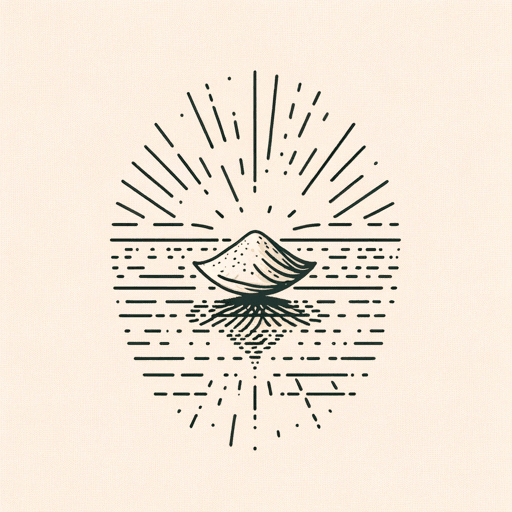
A Dream Within a Dream
Edgar Allan Poe

Annabel Lee
Edgar Allan Poe
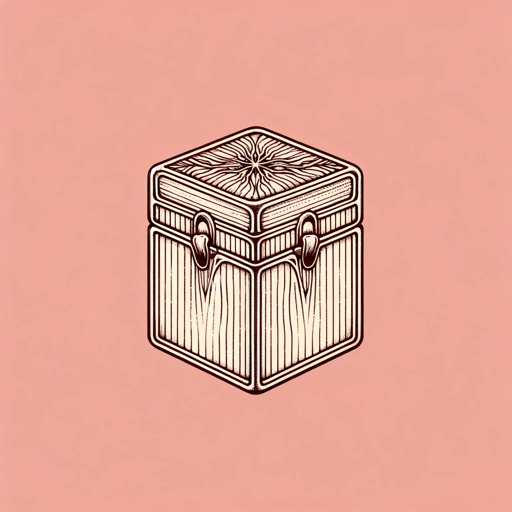
Berenice
Edgar Allan Poe
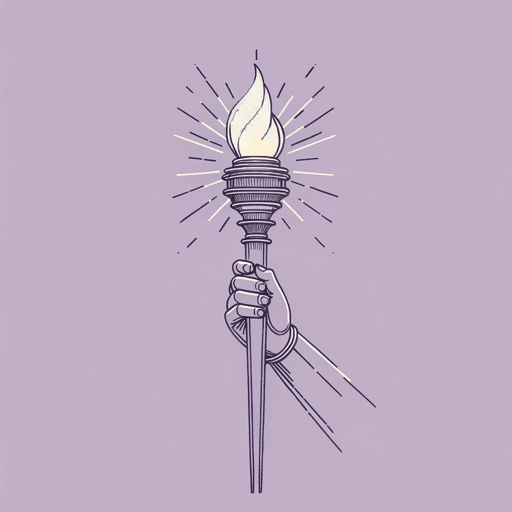
Hop-Frog
Edgar Allan Poe
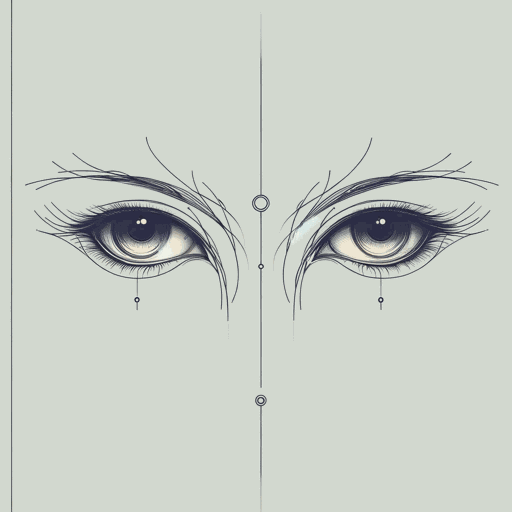
Ligeia
Edgar Allan Poe

Tamerlane
Edgar Allan Poe
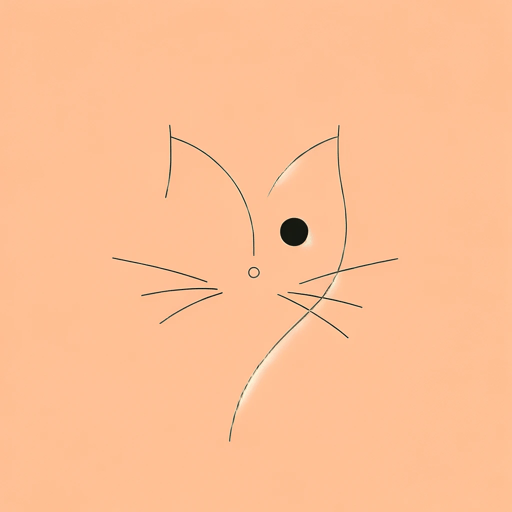
The Black Cat
Edgar Allan Poe
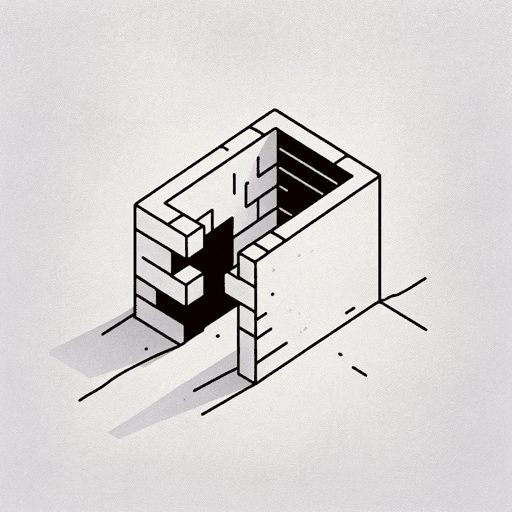
The Cask of Amontillado
Edgar Allan Poe
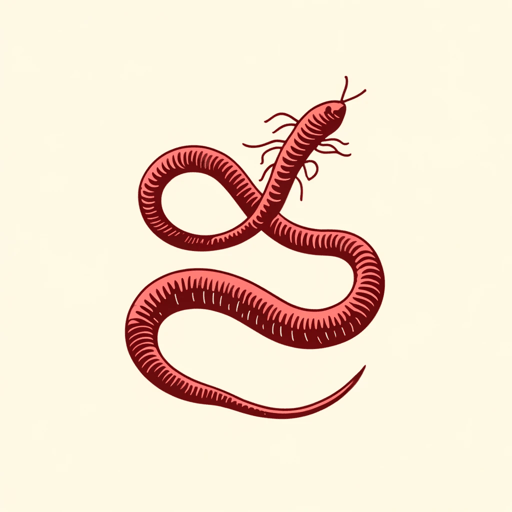
The Conqueror Worm
Edgar Allan Poe
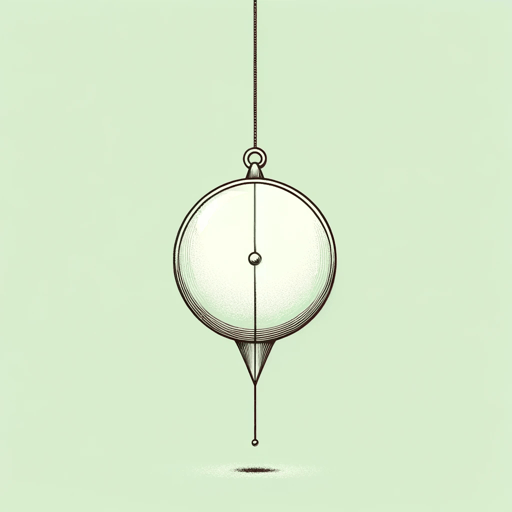
The Facts in the Case of M. Valdemar
Edgar Allan Poe

The Fall of the House of Usher
Edgar Allan Poe

The Gold Bug
Edgar Allan Poe

The Haunted Palace
Edgar Allan Poe

The Imp of the Perverse
Edgar Allan Poe

The Lake
Edgar Allan Poe
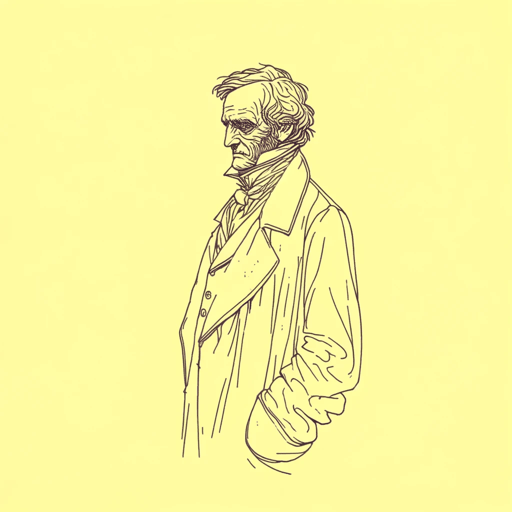
The Man of the Crowd
Edgar Allan Poe

The Masque of the Red Death
Edgar Allan Poe

The Murders in the Rue Morgue
Edgar Allan Poe
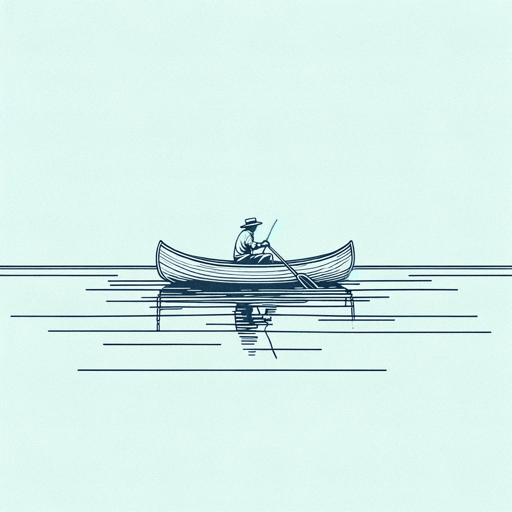
The Narrative of Arthur Gordon Pym of Nantucket
Edgar Allan Poe

The Oval Portrait
Edgar Allan Poe

